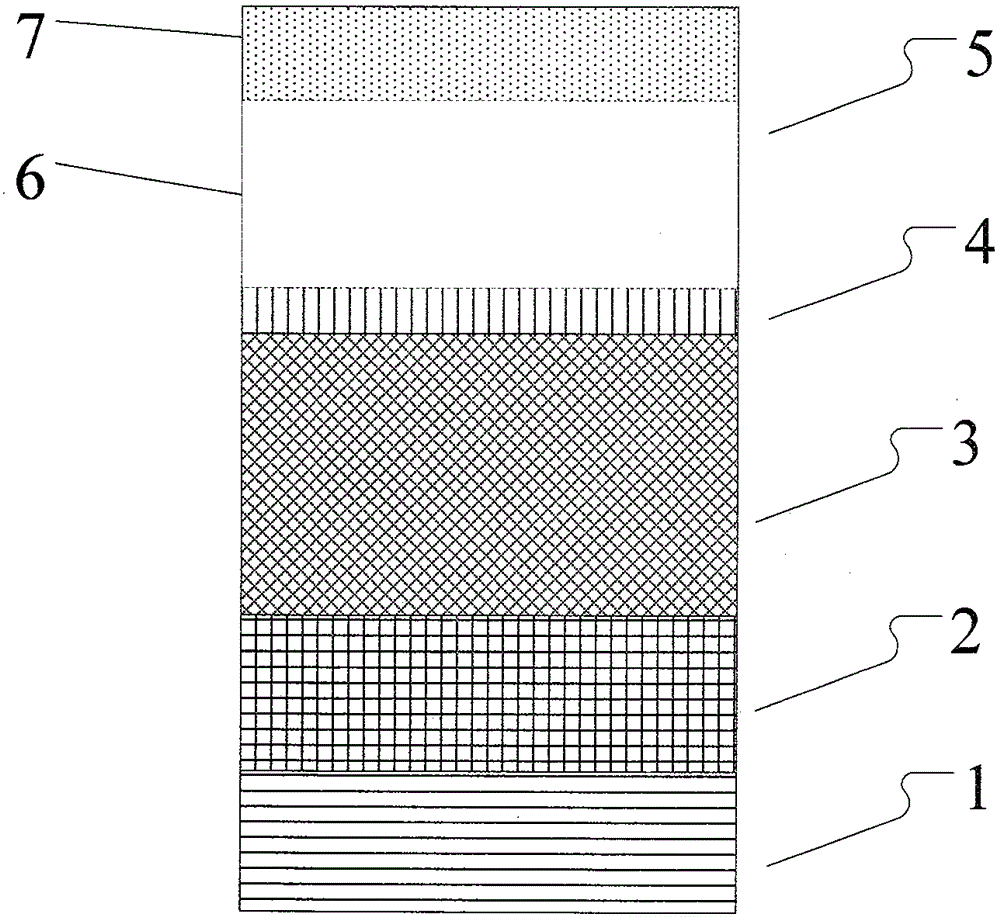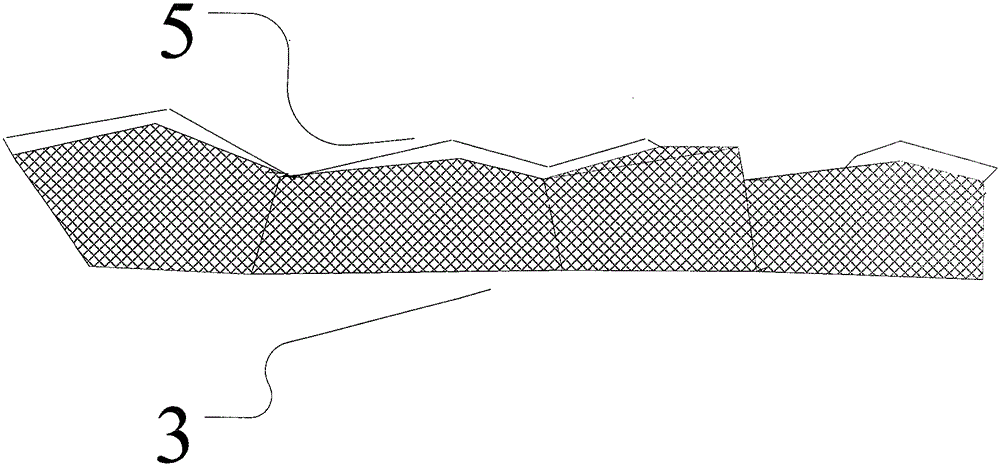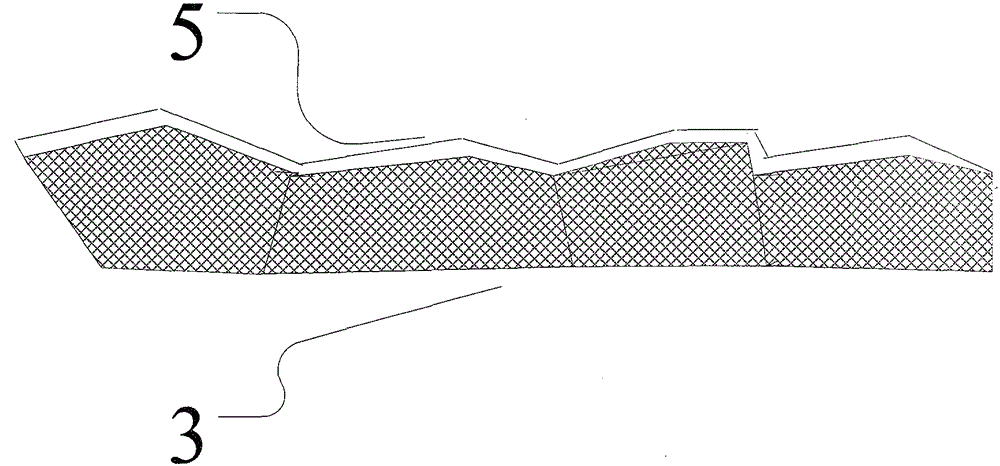Method for increasing conversion efficiency of thin-film solar cell
A solar cell and conversion efficiency technology, applied in circuits, electrical components, gaseous chemical plating, etc., can solve the problem that the surface of the N-type buffer layer cannot be completely covered, the conversion efficiency of thin-film solar cells is restricted, and the surface step coverage of the film layer is poor, etc. problem, to achieve the effect of improving photoelectric conversion efficiency, facilitating large-scale production, and good thickness consistency
- Summary
- Abstract
- Description
- Claims
- Application Information
AI Technical Summary
Problems solved by technology
Method used
Image
Examples
Embodiment Construction
[0023] In order to further understand the content of the present invention, the content of the invention and specific embodiments are specifically described below:
[0024] Such as figure 1 As shown, the thin-film solar cell includes a substrate 1, a back electrode 2, a P-type light absorbing layer 3, an N-type buffer layer 4 and a window layer 5, and the above-mentioned back electrode 2, P-type light absorbing layer 3, and N-type buffer layer 4 Depositing the window layer 5 and the window layer 5 on the substrate 1 sequentially is a method for improving the conversion efficiency of thin-film solar cells. Before processing the window layer 5, the semi-finished cell sheet to be processed is prepared first.
[0025] The production of semi-finished batteries can be processed according to the following methods according to the choice of glass or stainless steel for the substrate material:
[0026]When selecting glass as the substrate 1, first plate the back electrode 2 of the mol...
PUM
| Property | Measurement | Unit |
|---|---|---|
| thickness | aaaaa | aaaaa |
Abstract
Description
Claims
Application Information
 Login to View More
Login to View More - R&D
- Intellectual Property
- Life Sciences
- Materials
- Tech Scout
- Unparalleled Data Quality
- Higher Quality Content
- 60% Fewer Hallucinations
Browse by: Latest US Patents, China's latest patents, Technical Efficacy Thesaurus, Application Domain, Technology Topic, Popular Technical Reports.
© 2025 PatSnap. All rights reserved.Legal|Privacy policy|Modern Slavery Act Transparency Statement|Sitemap|About US| Contact US: help@patsnap.com



